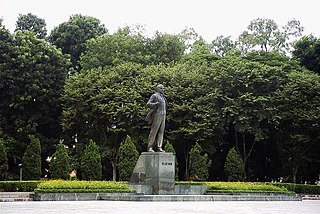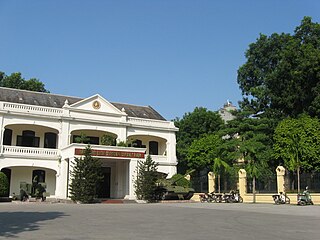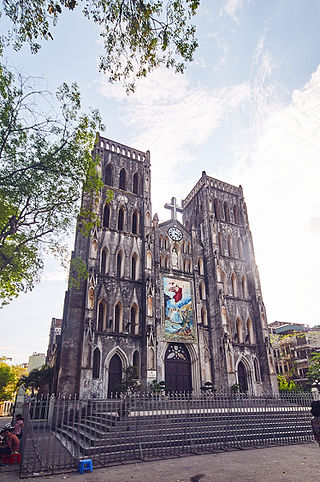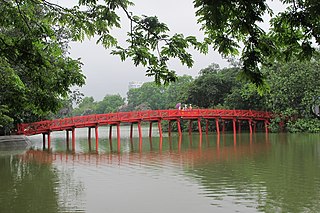Self-guided Sightseeing Tour #2 in Hanoi, Vietnam
Legend
Guided Free Walking Tours
Book free guided walking tours in Hanoi.
Guided Sightseeing Tours
Book guided sightseeing tours and activities in Hanoi.
Tour Facts
3.1 km
38 m
Experience Hanoi in Vietnam in a whole new way with our free self-guided sightseeing tour. This site not only offers you practical information and insider tips, but also a rich variety of activities and sights you shouldn't miss. Whether you love art and culture, want to explore historical sites or simply want to experience the vibrant atmosphere of a lively city - you'll find everything you need for your personal adventure here.
Activities in HanoiIndividual Sights in HanoiSight 1: Lenin Park
Lenin Park is a park named Lenin located opposite the Vietnam Military History Museum in Hanoi. It is located on Dien Bien Phu, Tran Phu and Hoang Dieu streets. The campus of the park is triangular, with a total area of 17,183 m², which includes the Lenin monumental architectural complex.
Sight 2: Vietnam Military History Museum
The Vietnam Military History Museum, set up on 17 July 1956, is one of seven national museums in Vietnam. It covers 12,800 m2. It is situated in central Hanoi, opposite the Lenin Park and near the Ho Chi Minh Mausoleum. The Flag Tower of Hanoi is located inside of the museum grounds.
Sight 3: Hanoi Train Street
Get Ticket*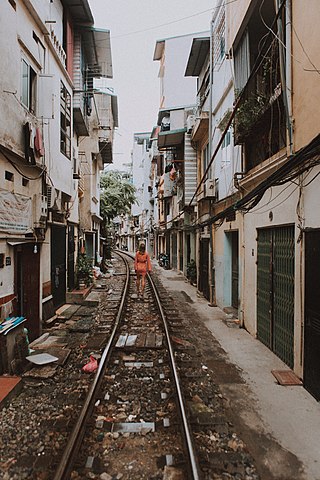
Hanoi Train Street is a narrow train bypass in Hanoi which sees a twice-daily train pass close to buildings on either side of the tracks. The track was built by the French in 1902 and is still an active rail line as of 2023.
Sight 4: Nhà hát Hồng Hà
Hong Ha Theater is located at 51 Duong Thanh, Cua Dong Ward, Hoan Kiem District, Hanoi, is a place for the art of tuong. Built in 1954, the theater is the main performance venue of the Vietnam Tuong Theater. However, this place also performs rowing performances, cai luong, and spoken dramas, but when the tuong troupe does not perform. Hong Ha Theater has 393 seats, of which 273 seats are near the stage and 120 seats are in the balcony area. The theater stage is 7.89 meters wide and 6.41 meters high.
Sight 5: Saint Joseph Cathedral
St. Joseph's Cathedral is a Catholic church on Nhà Chung Street, in the Hoàn Kiếm District of Hanoi, Vietnam. It is a late 19th-century Gothic Revival church that serves as the cathedral of the Roman Catholic Archdiocese of Hanoi. The cathedral is named after Joseph, the patron saint of Vietnam.
Sight 6: The Huc Bridge
Thê Húc Bridge, is a footbridge over Hoàn Kiếm Lake within Hanoi, Vietnam.
Sight 7: Ngoc Son Temple
Get Ticket*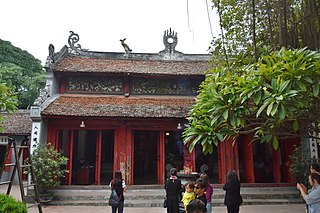
The Ngọc Sơn Temple is located on a islet in Hoàn Kiếm Lake, central Hanoi, Vietnam.
Sight 8: Pen Tower
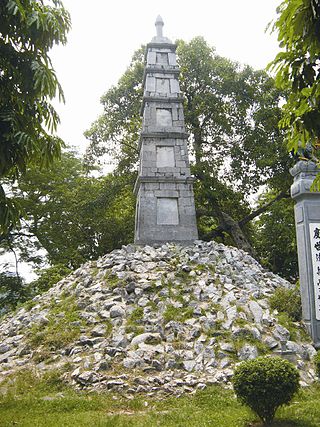
The Pen Tower in Ho Kiem Lake is a five-storey stone tower, built in the 18th year of Tu Duc (1865) on the foundation of the old Doc Ton mountain according to the idea of the vineyard Nguyen Van Sieu, located outside the entrance to The Huc Bridge, Ngoc Son Temple.
Share
How likely are you to recommend us?
Disclaimer Please be aware of your surroundings and do not enter private property. We are not liable for any damages that occur during the tours.
GPX-Download For navigation apps and GPS devices you can download the tour as a GPX file.
